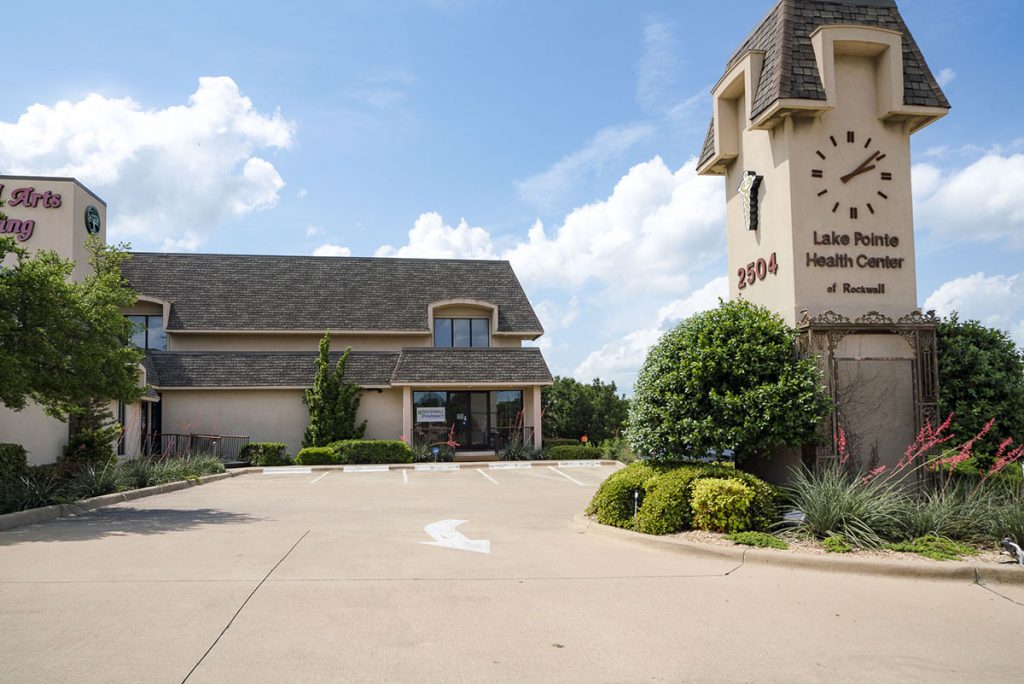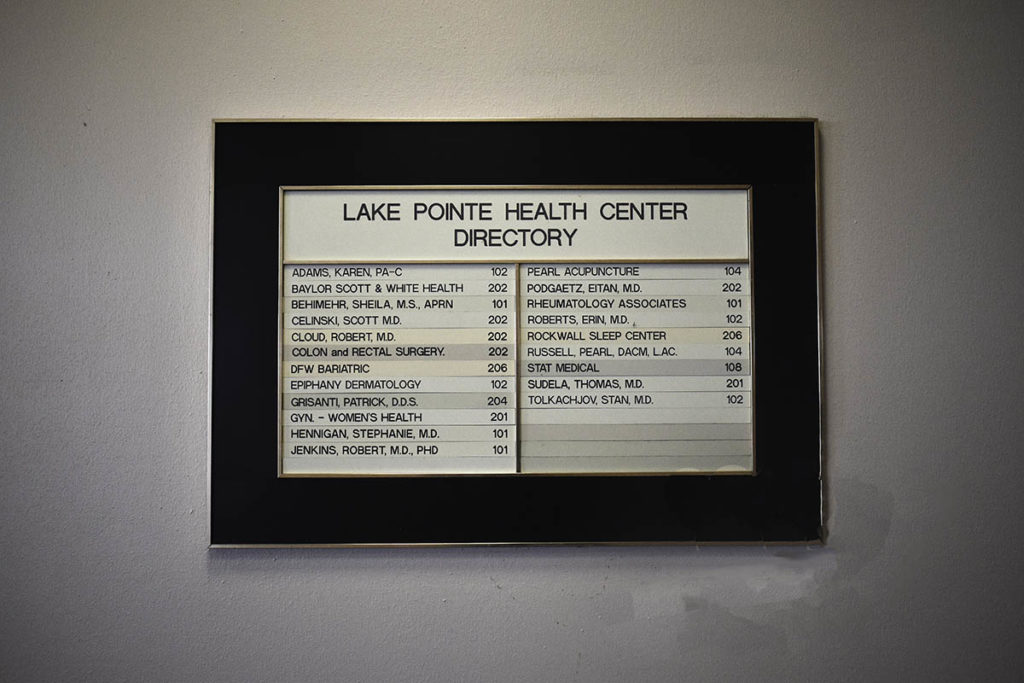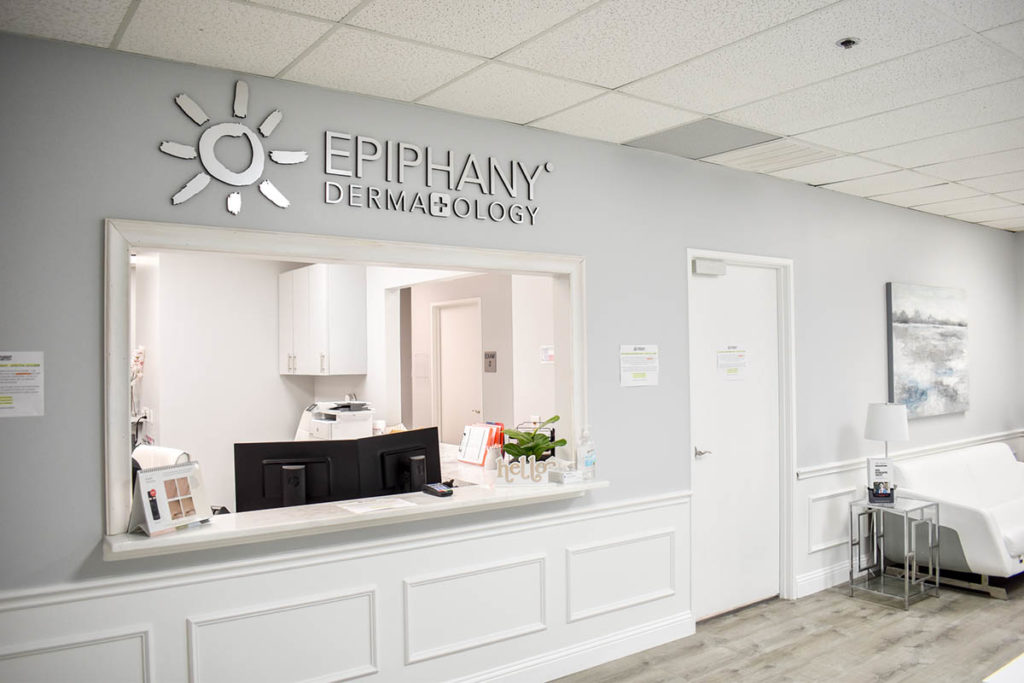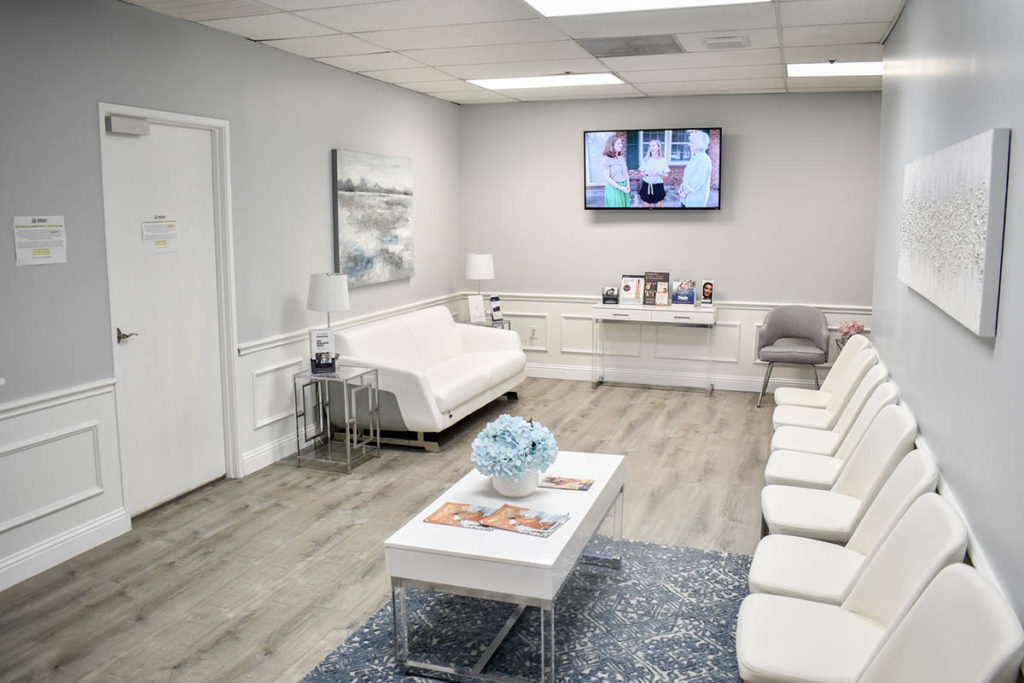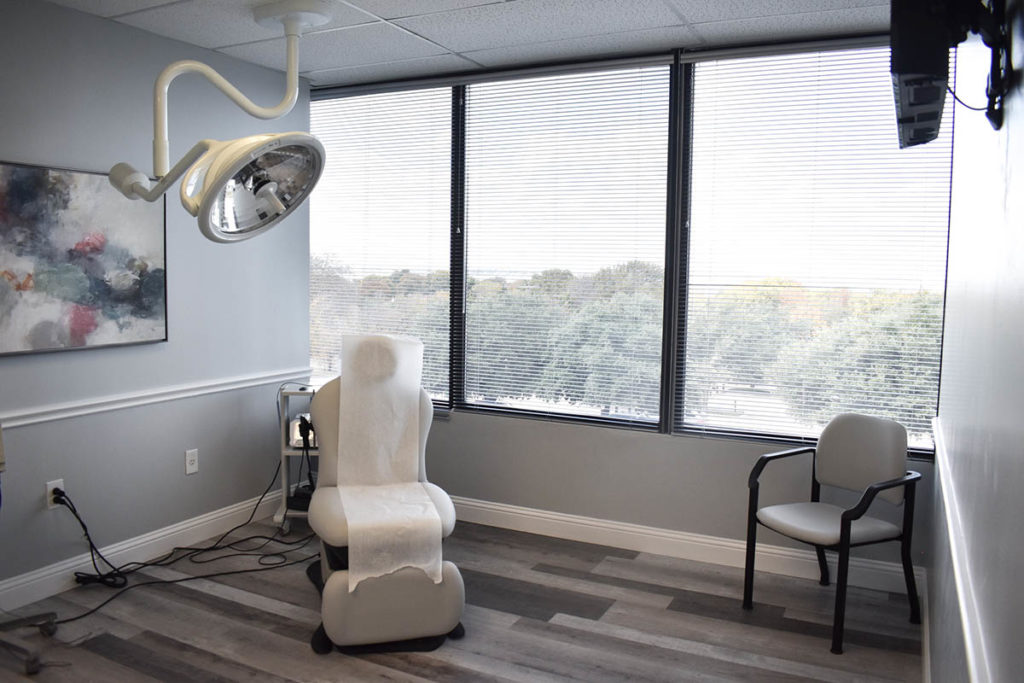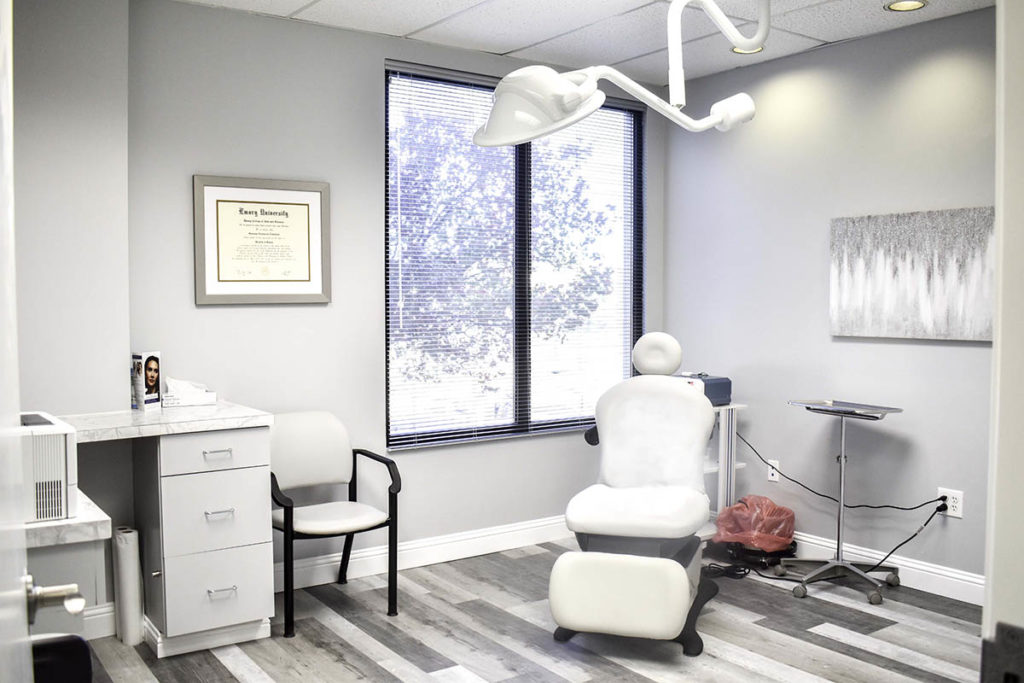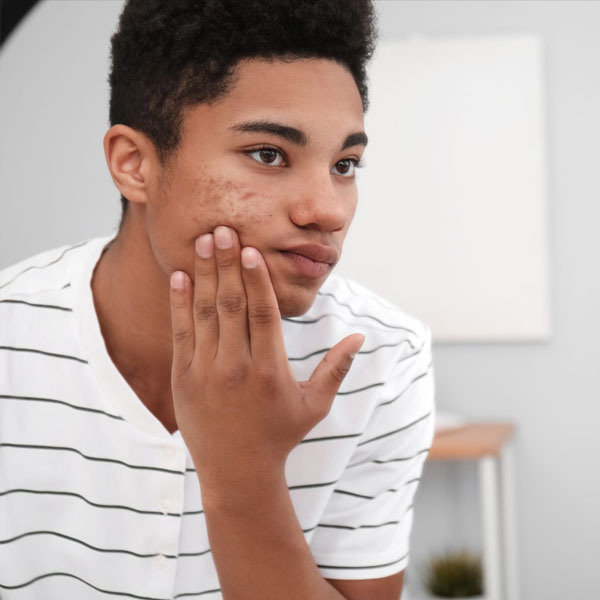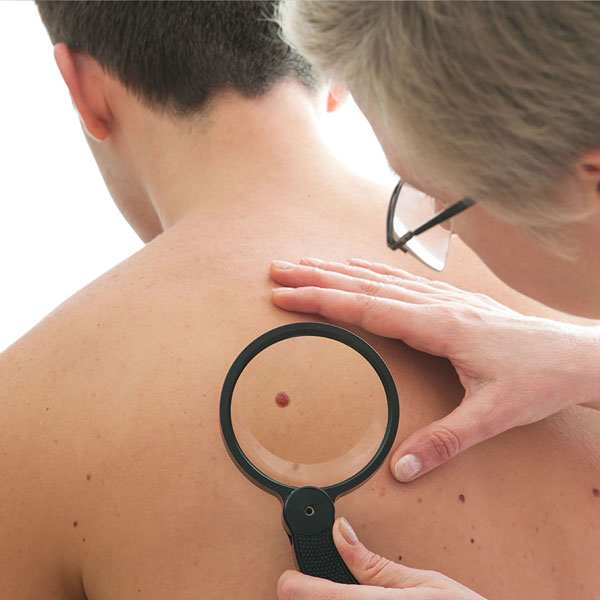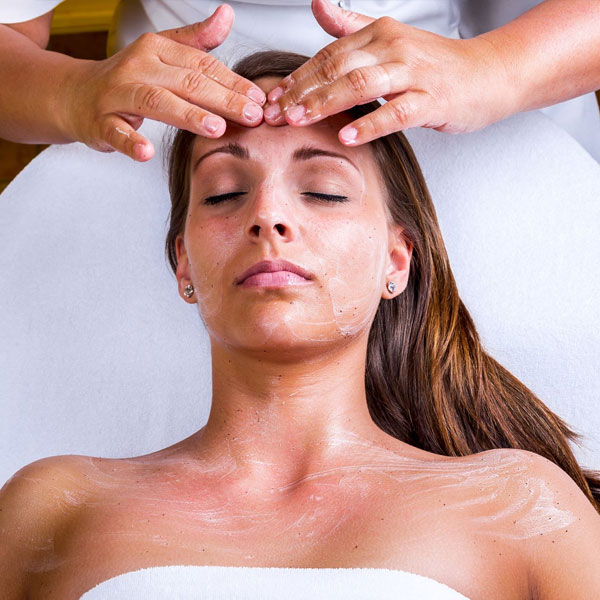Epiphany Dermatology of Rockwall, TX
Offering General Dermatology, Cancer Care, Cosmetic Dermatology
Meet Your Providers (some providers may service multiple locations)
-

Stan N. Tolkachjov, MD, FAAD, FACMS
Board-certified dermatologist and fellowship-trained Mohs micrographic surgeon
Interests in skin cancers, Mohs surgery complex facial reconstruction, pyoderma gangrenosum, neutrophilic dermatoses, cosmetics, and hair disorders restoration
His work has facilitated over 80 publications in major medical journals
-
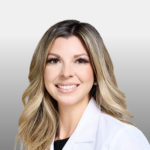
Rachael Earnest, MD, FAAD
Board-certified dermatologist who practices the full range of medical, surgical, and aesthetic dermatology
Has been published in academic journals including the Journal of the American Academy of Dermatology (JAAD)
Active member of the American Academy of Dermatology (AAD), the American Medical Association (AMA), and the Alpha Omega Alpha Honor Medical Society (AΩA)
-
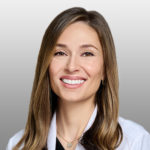
Carina M. Woodruff, MD, FAAD
Board-certified dermatologist who cares for patients with a wide variety of skin conditions, including acne, eczema, psoriasis, benign growths, moles, skin cancer, and autoimmune or infectious skin diseases
Special interest in contact and occupational dermatitis and specializes in patch testing
Director of the Epiphany Skin Allergy Institute in Dallas, Texas
Former assistant professor of dermatology at the University of California, San Francisco and current associate editor of Dermatitis
-
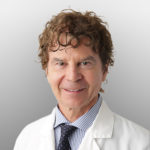
Michael Dunnigan, DO
Board-certified dermatologist with over 30 years of experience in general dermatology
Finds joy and fulfillment in the field of medicine by helping solve complex issues that improve the quality of his patients’ lives
Epiphany Dermatology of Rockwall is committed to offering the highest standard of dermatologic care, working collaboratively with our patients to personalize their treatments, yielding the best possible outcomes.
Our board-certified dermatologists and Mohs surgeons work closely with an experienced team to offer a wide range of dermatology services. We specialize in everything from skin cancer treatment and diagnosis, Mohs micrographic surgery, cosmetic surgery, and treatment for rashes and psoriasis.
Epiphany Dermatology is conveniently located off Ridge Road north of I-30 inside the Medical Arts Building (1st floor).
Featured Services
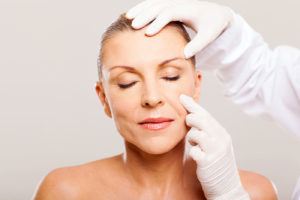
Mohs Surgery (On-Site Skin Cancer Removal)
Mohs surgery spares the most amount of normal tissue and has the highest cure rates for many non-melanoma and melanoma skin cancers. It’s the gold standard of care in non-melanoma skin cancers and is commonly used in the treatment of some melanomas.
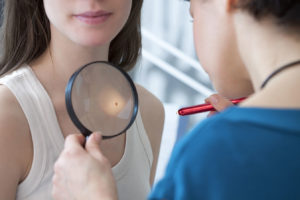
Skin Care Screenings
Skin cancer doesn’t discriminate. Anyone can get skin cancer, whether young or old, fair or dark, and it’s the most common type of cancer in the United States. Most people should have a professional skin examination once a year.
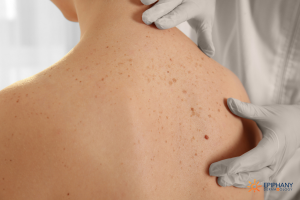
Pre-Cancerous Lesions
A skin spot referred to as a “precancerous lesion” is usually a specific sun-induced growth called actinic keratosis. It’s one of the most common issues we see in dermatology, and it’s what prompts most patients to schedule their dermatologist visits.
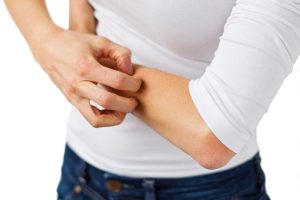
Rashes
A rash is an abnormal change in your skin’s texture or color, usually characterized by a red, scaly irritation on your skin. Because of the sheer number of rashes and their subtle differences, specialized training is required to properly diagnose and treat rashes.
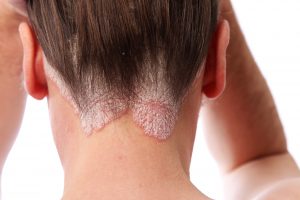
Psoriasis
Psoriasis is an inflammation in the skin driven by the body’s own immune system. The inflammation in the skin causes red, itchy, and scaly lesions mainly around elbows, knees and scalp. While not contagious, it’s important to seek the help of a dermatologist.

Cosmetic Surgery
Cosmetic surgery refers to using surgical methods to enhance your appearance or correct a defect. People opt for different types of cosmetic surgery when issues bother them symptomatically, functionally, and/or socially. Consult with us to determine the right treatment plan for you.
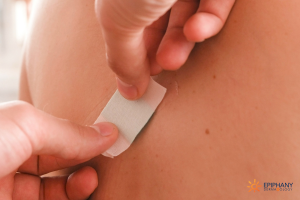
Excisions
Skin excision is a surgery where we cut out damaged skin tissue. It is a full-thickness removal — meaning we remove all layers of the tissue (epidermis, dermis, and into the subcutaneous fat layer). We then suture it back together with stitches for optimal healing.

